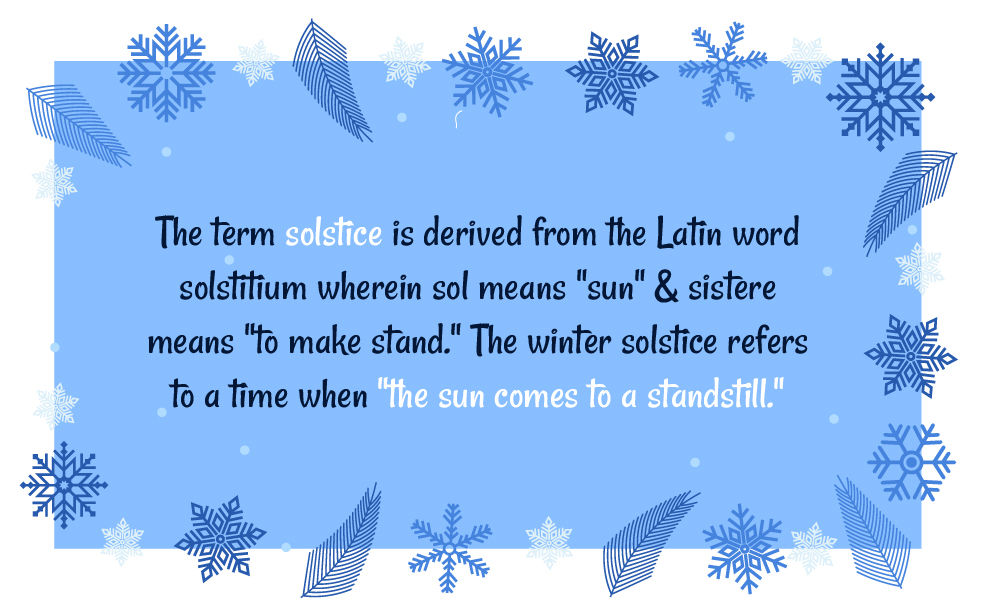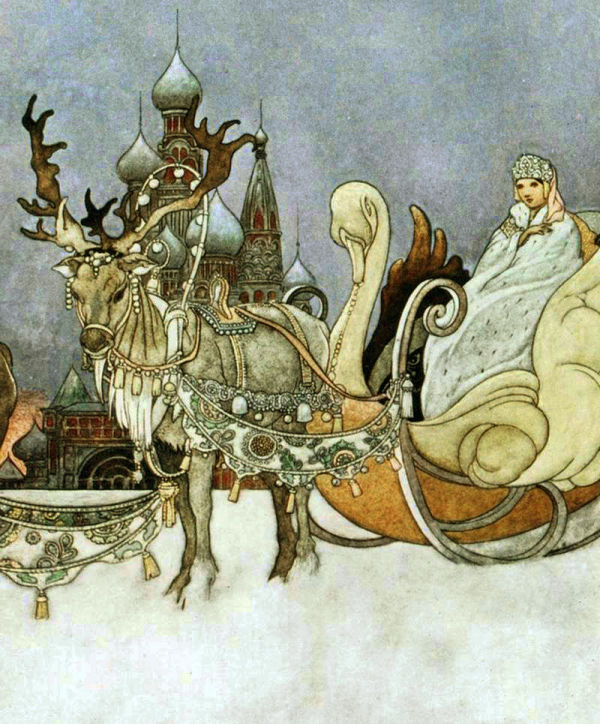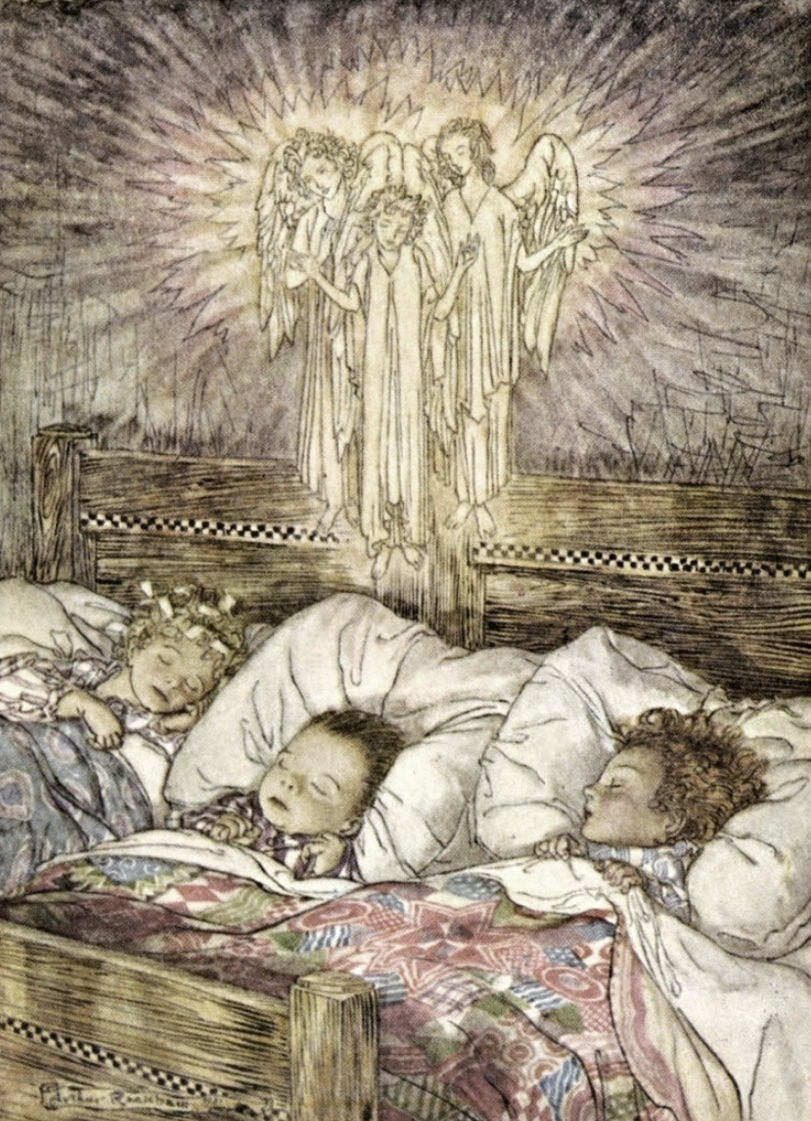
Embracing Winter Solstice traditions in honor of two special birthdays 🎂 🌞 ❄️✨️🙏❤️
- jasminessteiner
- Dec 20, 2022
- 7 min read

As its a very special time in our household , in Honor of Shawn and Sara's birthdays (today, December 20th is Shawn's birthday and Sara's is the 21st ) I want to share a bit about different cultures and celebrations around the winter solstice . I could never share all in one blog entry ❤️ reaching all traditions, so please comment and add any others that should be included ! ❄️

Without further adue :
Temperatures are dropping across the U.S., as the first day of winter, also called the winter solstice, takes place this week across the country and the Northern Hemisphere.
The event begins at 4:48 p.m. ET on Wednesday, Dec. 21, 2022 (according to the U.S. Naval Observatory.)
On the day of a solstice, the Earth is at its maximum tilt, 23.5 degrees, either toward or away from the sun.
A winter solstice happens in the Northern Hemisphere when the hemisphere is tilting away from the sun, making it the day with the least amount of sunlight. The sun is above the Tropic of Capricorn in the Southern Hemisphere and runs through Australia, Chile, southern Brazil and northern South Africa ( according to the National Weather Service)
What: Dongzhi
Where: China
Traditionally, the winter solstice in China signifies the end of the harvest – that time of the year when farmers return to their families and enjoy all that their labour has earned throughout the year. As per the Chinese lunar calendar, the winter solstice marks the beginning of the coldest time of the year.
The Chinese tradition calls for the people to eat glutinous rice balls called tang yuan. This tradition dates back to the Eastern Han Dynasty (206 B.C. to 220 A.D.), when a Chinese physician made dumplings for the less privileged who were suffering from chilblains on their ears due to the extreme cold. He made the dumplings with special herbs that helped people fight the cold. Even today, you’ll find Chinese elders say that your ears will fall off if you don’t eat the dumplings.
What: Yalda
Where: Iran
For Iranians, the winter solstice is considered to be a very auspicious occasion. The celebration is called Yalda (meaning “dark night”) or Chelleh (meaning “night of forty”) and is marked forty days before the Persian festival of Jashn-e Sadeh. This festival signifies the victory of light over darkness – welcoming the return of the Sun.
This is a time when friends and family meet at an elderly person’s residence and spend the entire night reading poetry. Along with fruits and nuts, everyone is served red-coloured fruits like pomegranates and watermelons. It is said that red signifies the colour of the sky at dawn. It is also customary to gift baskets of fruits to loved ones on Yalda.
In the present day, this day is seen as a social event where people meet and dine till midnight. Various regions in Iran have localised the Yalda traditions as per their respective tastes. For instance, the locals of Qazvin prepare a meal consisting of sabzi-polau (meaning ‘vegetable rice’) and smoked fish. On the other hand, the residents of Chaharmahal-Bakhtiari boil large red pumpkins, cut them into pieces, and serve them in curd potage.
What: Makahiki
Where: Hawaii
For Hawaiians, the year is split into two parts – four months (starting from October) and eight months (starting from March or April). The beginning of the Makahiki season (October to February) also marks the beginning of their new year. Hawaiians consider this time as the resting period for both – land and people – until they start farming again. The ocean, too, is quite rough at this point and so, it becomes impossible for Hawaiians to do any fishing.
Another significant component of the Makahiki season is praying to god Lono. Lono is the god of agriculture and peace. You can see Hawaiians offering food at religious places to thank god Lono for the year’s produce, while also praying to him that the next year brings more fertility to the land.
If you visit Hawaii during Makahiki, you’ll get a complete carnival-like experience with people playing games, sporting events, food, Hawaiian music and dance.
What: Burning of Clocks
Where: Brighton, England
Every year during the winter solstice in December, residents of Brighton throng the streets to participate in or witness the Burning of Clocks. This celebration is a great amalgamation of traditions, beliefs, and communal faith.
Why clocks, you ask? Burning of clocks is a way of protesting the commercialisation of Christmas. Started in 1993, this parade is seen as a commemoration of the Cooperative movement. The burning of clocks is a way of introducing new urban rituals that aren’t limited to any faith. People of the community get together, make decorative items by hand, and have fun with their family and friends.
You’ll see a parade that walks towards the sea, carrying willow lanterns made of handmade paper. When the parade reaches the sea, there’s an explosion of fireworks and a bonfire made from burning clocks. The clothes worn by the participants may have clock faces to symbolise the concept of the event.
Did you know Burning of Clocks is a crowdfunded event? An arts charity called Same Sky organises the event every year with some help from the City Council. The town’s local businesses and citizens pitch in to make the celebration memorable.
What: Newgrange Gathering
Where: Ireland
Would you believe that close to 5000 people sign up to see the winter solstice’s sun rays brighten up a room in a tomb, every year? Newgrange (also known as the Newgrange Stone Age Passage Tomb) located in County Meath, Ireland attracts the curiosity of people from Canada, Australia, Brazil, and many other countries. But wait, there’s a catch. All the applications go through an annual lottery system and only 60 lucky ones get the chance to witness this phenomenon (also known as Newgrange gathering).
It is said that the sun’s rays illuminate a chamber at the end of a 62-ft long passage for exactly 17 minutes, starting around 8:50 am. Historians haven’t been able to find the reason for the 5000-year old tomb’s existence yet. This once-in-a-year astronomical phenomenon has been religiously witnessed by winter solstice enthusiasts.
In the Celtic region of Brittany, the season for storytelling begins in November (the Black Month of Toussaint), goes on through December (the Very Black Month), and ends at Christmas. (A.S. Byatt, you may recall, drew on this tradition in her wonderful novel Possession.) In early America, some of the Puritan groups which forbade the "idle gossip" of storytelling relaxed these restraints at the dark of the year, from which comes a tradition of religious and miracle tales of a uniquely American stamp: Old World folktales transplanted to the New and given a thin Christian gloss. Among a number of the different Native American nations across the continent, winter is also considered the appropriate time for certain modes of storytelling: a time when long myth cycles are told and learned and passed through the generations. Trickster stories are among the tales believed to hasten the coming of spring. Among many tribes, Coyote stories must only be told in the dark winter months; at any other time, such tales risk offending this trickster, or drawing his capricious attention.In myth cycles to be found around the globe, the death of the year in winter was echoed by the death and rebirth of the Winter King (also called the Sun King, or Year King), a consort of the Great Goddess ( earth's fertility) in her local guise. The rebirth or resurrection of her consort (representing the sun, sky, or quickening winds) not only brought light back to the world, turning the seasons from winter to spring, but also marked a time of new beginnings, cleansing the soul of sins and sicknesses accumulated in the twelve months passed. Solstice celebrations of the ancient world included the carnival revels of Roman Saturnalia (December 17-24), the Anglo-Saxon vigil of The Night of the Mother to renew the earth's fertility (December 24th), the Yule feasts of the Norse honoring the One-Eyed God and the spirits of the dead (December 25), the Persian Mithric festival called The Birthday of the Unconquered Sun (December 25th), and the more recent Christian holiday of Christmas, marking the birth of the Lord of Light (December 25th).
Many symbols we associate with Christmas today actually come from older ceremonies of the Solstice season. Mistletoe, holly, and ivy, for instance, were gathered in their magical potency by moonlight on Winter Solstice Eve, then used throughout the year in Celtic, Baltic and Germanic rites. The decoration of evergreen trees can be found in a number of older traditions: in rituals staged in decorated pine groves (the pinea silvea) of the Great Goddess; in the Roman custom of dedicating a pine tree to Attis on Winter Solstice Day; and in the candlelit trees of Norse Yule celebrations, honoring Frey and Freyja in their aspects of Hunter, Huntress, and Protectors of Forests. The Yule Log is a direct descendant from Norse and Anglo-Saxon rites; and caroling, pageantry, mummers plays, eating plum puddings, and exchanging gifts are all elements of Solstice celebrations handed down from the pre-Christian world.
Even the story of the virgin birth of a Divine, Heroic or Sacrificial Son is not a uniquely Christian legend, but one found in cultures all around the globe -- from the myths of Asia, Africa and old Europe to Native American tales. In ancient Syria, for example, a feast on the 25th of December celebrated the Nativity of the Sun; at midnight the sun was born in the form of a child to the Virgin Queen of Heaven, an aspect of the the goddess Astarte.
Whatever calendar you use, the transition from one year into the next is the traditional time to take stock of one's life -- to say goodbye to all that has passed and prepare for a new life ahead. The Year King is symbolically slain, the sun departs, and the natural world goes dark. Rituals, dances, pageants, and spiritual vigils are enacted in lands around the world to propitiate the sun's return and keep the great wheel of the seasons rolling.
May you have a lovely winter holiday, in whatever tradition you celebrate, full of all the magic of home and hearth, of oven and table, and of the wild wood beyond.
Xo
Jazzy





Comments